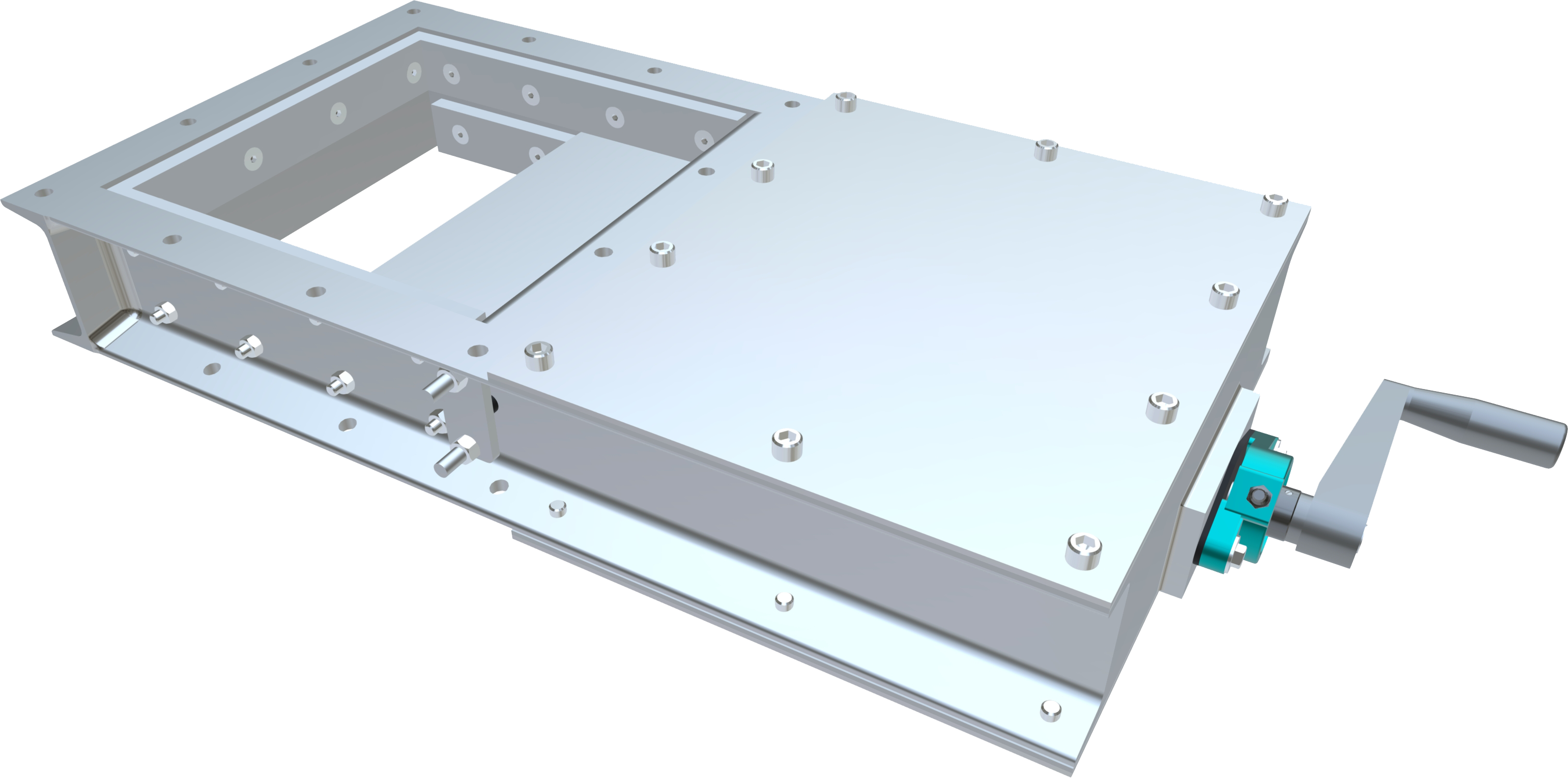Comprehensive Guide to Slide Valve Overhaul and Testing: Ensuring Optimal Performance
Slide valves are critical components in a variety of industrial systems, from power generation to chemical processing. Their role in regulating the flow of fluids or gases is essential for maintaining operational efficiency and safety. However, like all mechanical parts, slide valves are subject to wear and tear, necessitating regular overhauls and testing to ensure they continue to function at optimal levels. In this comprehensive guide, we’ll explore the key steps involved in the overhaul and testing of slide valves, offering insights into best practices that can help maintenance teams in the UK keep their systems running smoothly.
Understanding the Importance of Slide Valve Overhaul
Slide valves are designed to handle high pressures and temperatures, as well as corrosive and abrasive materials. Over time, these harsh operating conditions can lead to wear on the valve components, including the slide gate, sealing surfaces, and actuating mechanisms. Regular overhaul of slide valves is essential for several reasons:
-
Maintaining Operational Efficiency:
- A slide valve that operates efficiently ensures that the flow of fluids or gases is precisely controlled, preventing leaks and minimizing energy losses. An overhaul helps restore the valve’s functionality, ensuring that it operates as intended.
-
Preventing Downtime:
- Unexpected valve failures can lead to unplanned downtime, disrupting operations and leading to costly repairs. Regular overhauls can identify potential issues before they lead to failures, allowing for proactive maintenance and reducing the risk of unscheduled outages.
-
Enhancing Safety:
- Slide valves play a crucial role in the safety of industrial systems. A malfunctioning valve can result in dangerous situations, such as overpressure conditions or uncontrolled releases of hazardous materials. Overhauling the valve ensures that all safety-critical components are in good working order.
-
Extending Valve Lifespan:
- By regularly overhauling slide valves, you can extend their service life, reducing the need for costly replacements and maximizing the return on investment in your equipment.
Key Steps in Slide Valve Overhaul
The process of overhauling a slide valve involves several critical steps, each of which must be carried out with precision and care to ensure optimal performance. Here’s a step-by-step guide:
-
Disassembly:
- The first step in the overhaul process is the careful disassembly of the slide valve. This involves removing the valve from the system and taking it apart to inspect each component. It’s important to document the condition of the valve before disassembly, noting any visible signs of wear, corrosion, or damage.
-
Inspection and Cleaning:
- Once the valve is disassembled, each component should be thoroughly inspected for wear, corrosion, and damage. Common issues include pitting on the sealing surfaces, erosion of the slide gate, and wear on the actuating mechanisms. Cleaning the components is also essential to remove any build-up of debris, scale, or corrosion products that could affect the valve’s operation.
-
Component Repair or Replacement:
- Based on the inspection, determine whether any components need to be repaired or replaced. Minor wear on sealing surfaces can often be addressed through lapping or polishing, while more severe damage may require replacement of the affected parts. It’s crucial to use high-quality replacement components that meet the original specifications to ensure the valve’s performance is restored.
-
Reassembly:
- After any necessary repairs or replacements have been made, the valve should be carefully reassembled. This step requires attention to detail to ensure that all components are correctly aligned and that the valve’s sealing surfaces are properly mated. Any misalignment or improper assembly can lead to leaks or operational issues.
-
Lubrication:
- Proper lubrication is essential for the smooth operation of the slide valve. During reassembly, ensure that all moving parts are adequately lubricated with the appropriate type of lubricant. This will reduce friction and wear, helping to extend the life of the valve.
-
Adjustment and Calibration:
- After reassembly, the valve should be adjusted and calibrated to ensure that it operates correctly within the system’s parameters. This may involve setting the correct travel limits for the slide gate, adjusting the actuating mechanism, and verifying that the valve opens and closes fully without obstruction.
Testing Slide Valve Performance
Once the overhaul is complete, testing the valve is crucial to ensure that it meets the required performance standards. Here are the key tests that should be conducted:
-
Pressure Testing:
- Pressure testing is used to verify that the valve can withstand the operating pressures it will encounter in service without leaking. This typically involves applying a controlled pressure to the valve and monitoring it for any signs of leakage or deformation. Hydrostatic testing is commonly used for liquid systems, while pneumatic testing may be employed for gas systems.
-
Leak Testing:
- In addition to pressure testing, a leak test should be conducted to ensure that the valve provides a tight seal when closed. This can be done using a variety of methods, including bubble testing, where the valve is submerged in water and pressurized to check for escaping air bubbles, or more advanced methods like helium leak detection.
-
Operational Testing:
- Operational testing involves cycling the valve through its full range of motion to verify that it opens and closes smoothly and that the actuating mechanism functions correctly. This test also helps identify any issues with valve timing, alignment, or friction that could affect performance.
-
Functional Testing:
- In some cases, it may be necessary to conduct functional testing under simulated operating conditions to ensure that the valve performs as expected. This could involve testing the valve in a controlled environment that replicates the pressures, temperatures, and flow conditions it will encounter in service.
Best Practices for Slide Valve Overhaul and Testing
To ensure that your slide valve overhaul and testing processes are effective, consider the following best practices:
-
Develop a Maintenance Schedule:
- Implement a regular maintenance schedule that includes planned overhauls and testing. This helps prevent unexpected failures and ensures that valves are always in optimal condition.
-
Keep Detailed Records:
- Document the condition of the valve before and after the overhaul, as well as the results of any tests conducted. This information is invaluable for tracking the performance of the valve over time and identifying any trends that may indicate the need for future maintenance.
-
Use High-Quality Parts and Materials:
- Always use high-quality replacement parts and materials that meet the original specifications. This ensures that the valve’s performance is fully restored and that it continues to operate reliably.
-
Partner with Experienced Professionals:
- If your team lacks the expertise or equipment to conduct a comprehensive valve overhaul, consider partnering with experienced professionals who specialize in slide valve maintenance. Their expertise can help ensure that the job is done correctly and efficiently.
-
Prioritize Safety:
- Always prioritize safety during the overhaul and testing process. This includes using appropriate personal protective equipment (PPE), following established safety protocols, and ensuring that all testing is conducted in a controlled environment.
Conclusion
Slide valve overhaul and testing are essential components of a robust maintenance strategy, ensuring that these critical components continue to operate at peak performance. By following the steps outlined in this guide and adhering to best practices, maintenance teams can significantly extend the life of their slide valves, improve operational efficiency, and reduce the risk of unexpected downtime.
For maintenance teams in the UK, staying proactive in the overhaul and testing of slide valves is not just about maintaining system performance—it’s about ensuring the safety, reliability, and longevity of your entire operation. Whether you’re managing a power plant, chemical processing facility, or any other industrial system, a comprehensive approach to slide valve maintenance is key to achieving long-term success. For specialist advice and a no-obligation quotation, call IME on 02085996570 or email sales@imegroup.co.uk.

